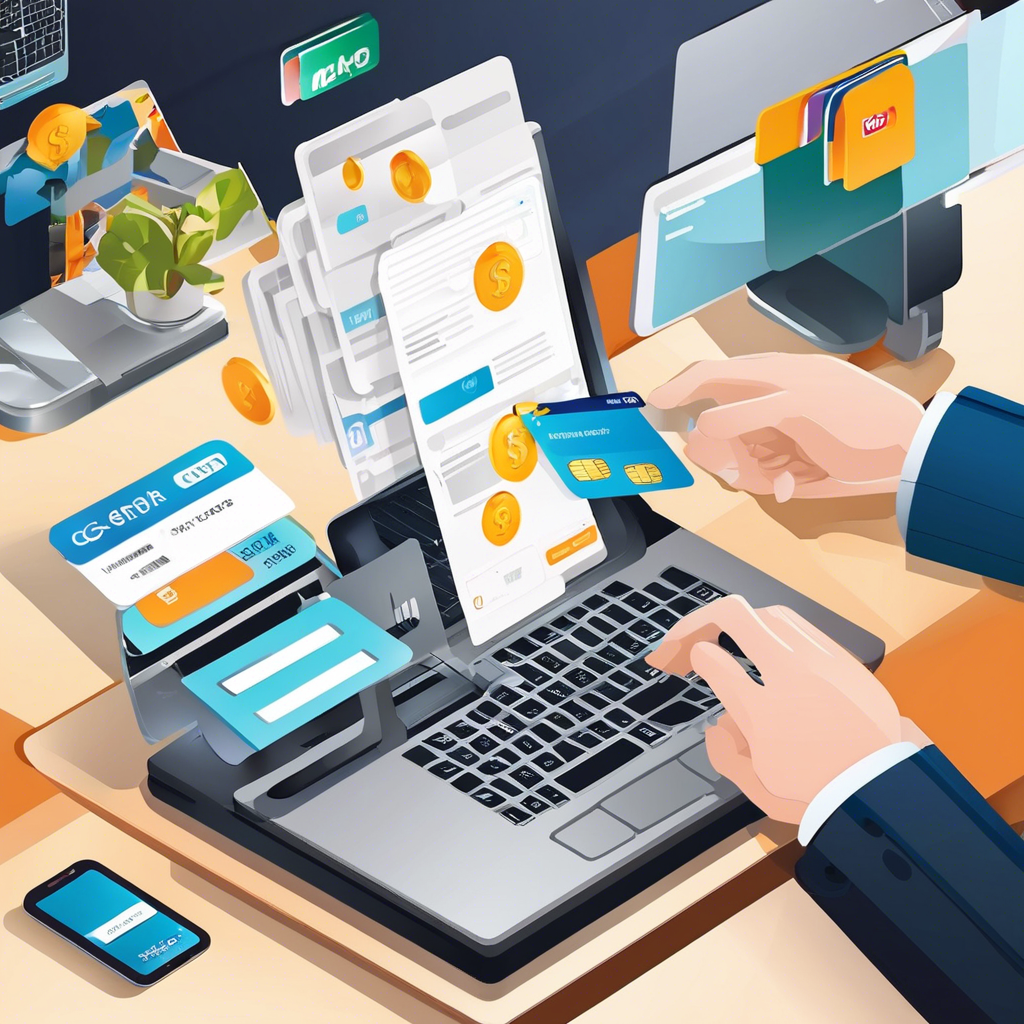Online payment processing software is a vital tool that enables businesses to accept payments securely and efficiently over the internet. In today’s digital age, where online transactions have become the norm, having reliable payment processing software is essential for businesses of all sizes. This software simplifies the payment process for both merchants and customers, offering convenience and security in online transactions.
The primary function of online payment processing software is to facilitate the transfer of funds from the customer’s account to the merchant’s account securely. This process involves various steps, including encryption of sensitive data, verification of the transaction, and authorization of the payment. By automating these processes, payment processing software ensures that transactions are completed swiftly and accurately, reducing the risk of errors or fraud.
One of the key benefits of using online payment processing software is the improved efficiency it offers to businesses. By streamlining the payment process, businesses can save time and resources that would otherwise be spent on manual payment processing. This efficiency not only enhances the overall customer experience but also allows businesses to focus on other aspects of their operations.
Furthermore, online payment processing software provides businesses with valuable insights into their transactions and customer behavior. By tracking and analyzing payment data, businesses can gain a better understanding of their customers’ preferences, spending patterns, and payment trends. This data-driven approach enables businesses to make informed decisions to optimize their payment processes and maximize revenue.
Security is a top priority for businesses when it comes to online transactions, and payment processing software plays a crucial role in ensuring the safety of sensitive financial information. With advanced encryption and security protocols in place, payment processing software protects both merchants and customers from potential cyber threats and fraudulent activities, instilling trust and confidence in online transactions.
Another advantage of online payment processing software is its versatility and compatibility with various payment methods. Whether customers prefer credit cards, debit cards, mobile wallets, or alternative payment options, payment processing software can accommodate a wide range of payment methods, making it convenient for customers to complete transactions seamlessly.
Moreover, online payment processing software offers scalability for businesses looking to expand their online presence and cater to a growing customer base. Whether a business is a small startup or a large enterprise, payment processing software can adapt to the changing needs and demands of the business, supporting growth and expansion without compromising on performance or security.
In addition to processing payments, many online payment processing software solutions come with additional features and tools to enhance the overall payment experience. From customizable checkout options and recurring billing capabilities to fraud prevention tools and reporting analytics, these features empower businesses to optimize their payment processes and drive customer satisfaction.
As the e-commerce landscape continues to evolve, online payment processing software will play a pivotal role in shaping the future of online transactions. With advancements in technology and a growing emphasis on security and convenience, businesses must invest in robust payment processing software to stay competitive in the digital marketplace and meet the evolving needs of their customers.
In conclusion, online payment processing software is a fundamental tool for businesses operating in the digital realm, offering efficiency, security, versatility, and scalability in processing online transactions. By leveraging the capabilities of payment processing software, businesses can streamline their payment processes, gain valuable insights, enhance security measures, and drive business growth in an increasingly digital world.
